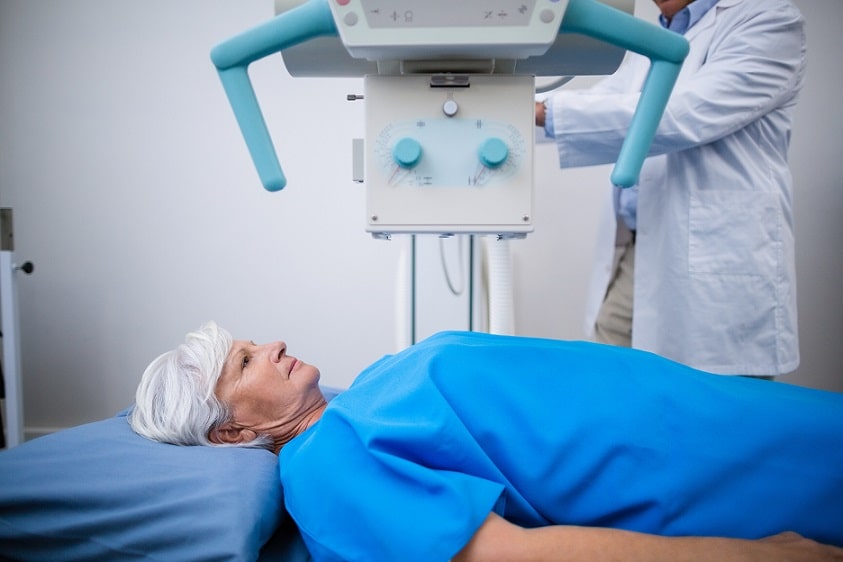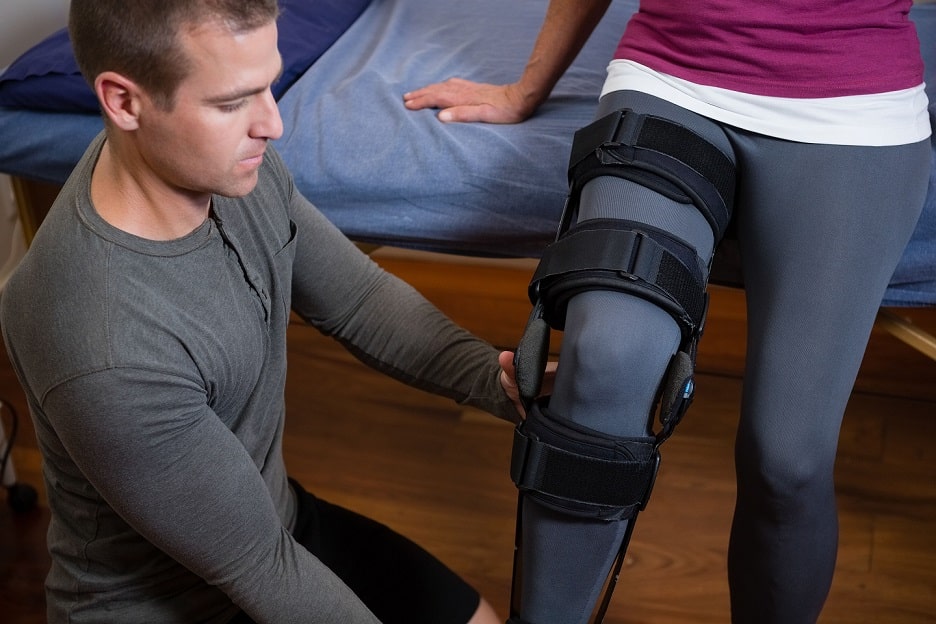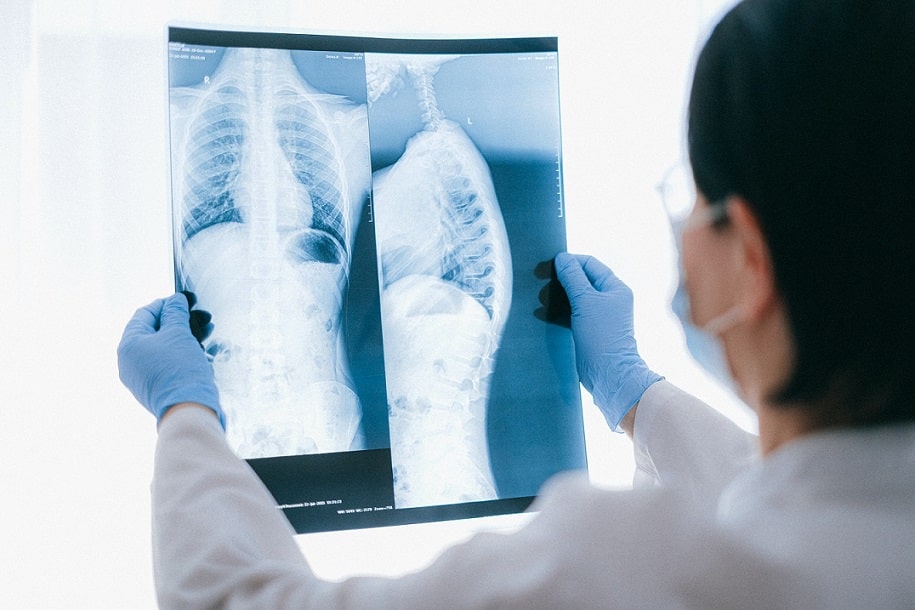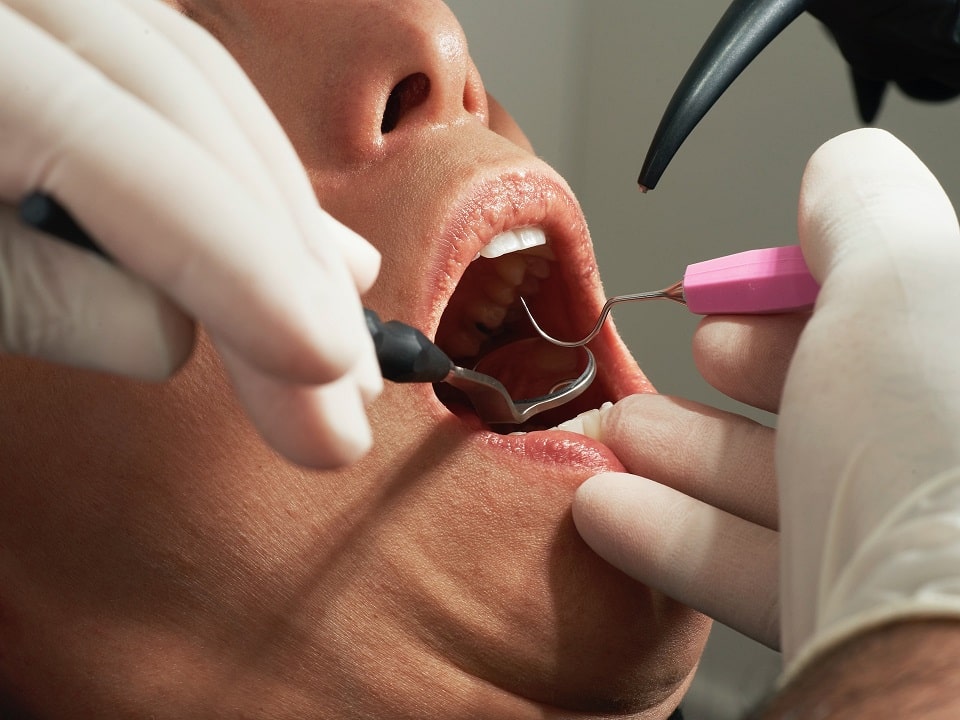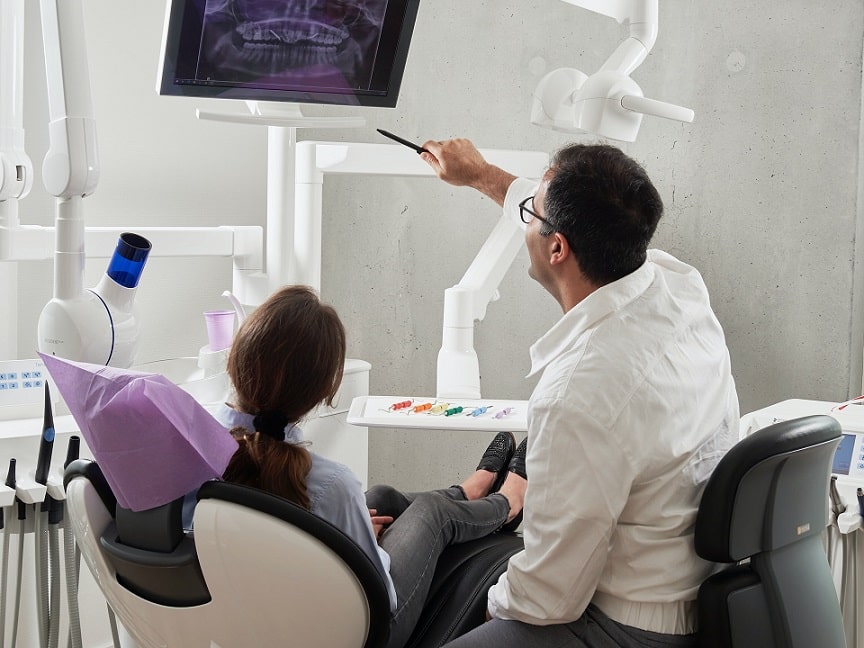 Most people would agree that the manufacturing industry is not what it once was – certainly not in the Steel City where I grew up. However, that is not to say that there is no heavy industry anymore and many people still go to work in factories every day. Most modern factories will of course involve certain types of machinery which the law calls “work equipment”.
Most people would agree that the manufacturing industry is not what it once was – certainly not in the Steel City where I grew up. However, that is not to say that there is no heavy industry anymore and many people still go to work in factories every day. Most modern factories will of course involve certain types of machinery which the law calls “work equipment”.
Work equipment is any machinery, appliance, apparatus or tool that you use at work for your role. This may be something that your employer has provided or something that you have brought to work yourself. If you are using it as part of your employment then it is classified as work equipment. Work equipment is not the same as personal protective equipment (i.e. gloves, boots and safety helmets) and the two are dealt with by separate regulations.
There are specific rules and regulations that your employer must follow to make sure that you are safe when using various types of work equipment. These regulations are the Provision and Use of Work Equipment Regulations 1998 and these set out all the responsibilities that an employer has toward his employees.
So what should your employer be doing to keep you safe? – The work equipment has to be suitable for the work that it will do, it should be kept in good working order, and it should be regularly maintained and inspected. Your employer should also provide you with proper instructions on how the equipment works and train you so that you can use the equipment properly (this includes any relevant health and safety training). If the equipment installed in your place of work poses a specific risk to health and safety then your employer should make sure that it is only used by those people who have had the appropriate training.
Your employers responsibilities don’t end there either – they need to make sure that the equipment itself is safe to use. Any dangerous parts of the equipment should be properly covered; these will usually be cutting parts or parts moving at high speed. Obviously with certain machines it is difficult to take the risks away and completely cover these parts. A good example of this is circular saws – covering it would defeat the object of its purpose – in which cases your employer should make sure it is as covered as possible while still allowing you to do your job.
The equipment controls must make be easily understood to avoid confusion between them, therefore it must have colour coded controls to start/stop it and be able to be isolated from its power source in case of emergency. If the equipment has any controls for changing its function then these should also be colour coded and none of the controls on your work equipment should be capable of being used by accident.
Finally, if you are using mobile work equipment your employer should ensure that it is stable – won’t roll or fall over – that the driver has clear vision, the brakes are in good working order, and if necessary lighting is provided. If there are any moving parts on the drive system of the equipment that may cause a risk of entanglement then your employer should make sure that these are covered as well.
If you have been injured as a result of faulty work equipment or lack of training in how to use your work equipment, or you feel your employers have failed on any of the above and this has caused you injury then you should call The Injury Lawyers for expert personal injury advice. Our free claims helpline if on 24 hours a day, seven days a week – 0800 634 75 75

 Most people would agree that the manufacturing industry is not what it once was – certainly not in the Steel City where I grew up. However, that is not to say that there is no heavy industry anymore and many people still go to work in factories every day. Most modern factories will of course involve certain types of machinery which the law calls “work equipment”.
Most people would agree that the manufacturing industry is not what it once was – certainly not in the Steel City where I grew up. However, that is not to say that there is no heavy industry anymore and many people still go to work in factories every day. Most modern factories will of course involve certain types of machinery which the law calls “work equipment”.


